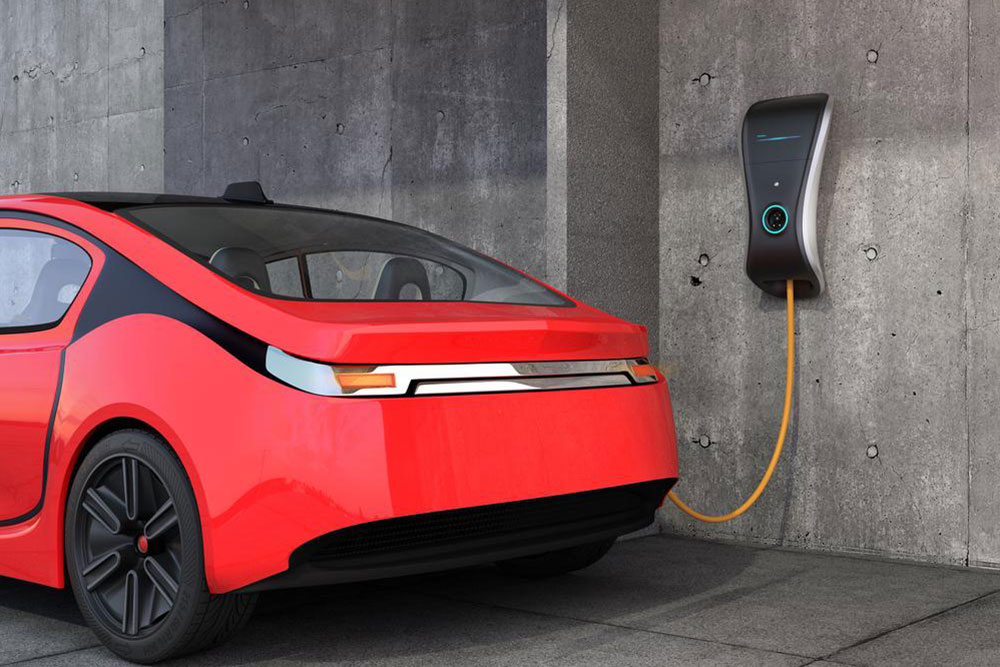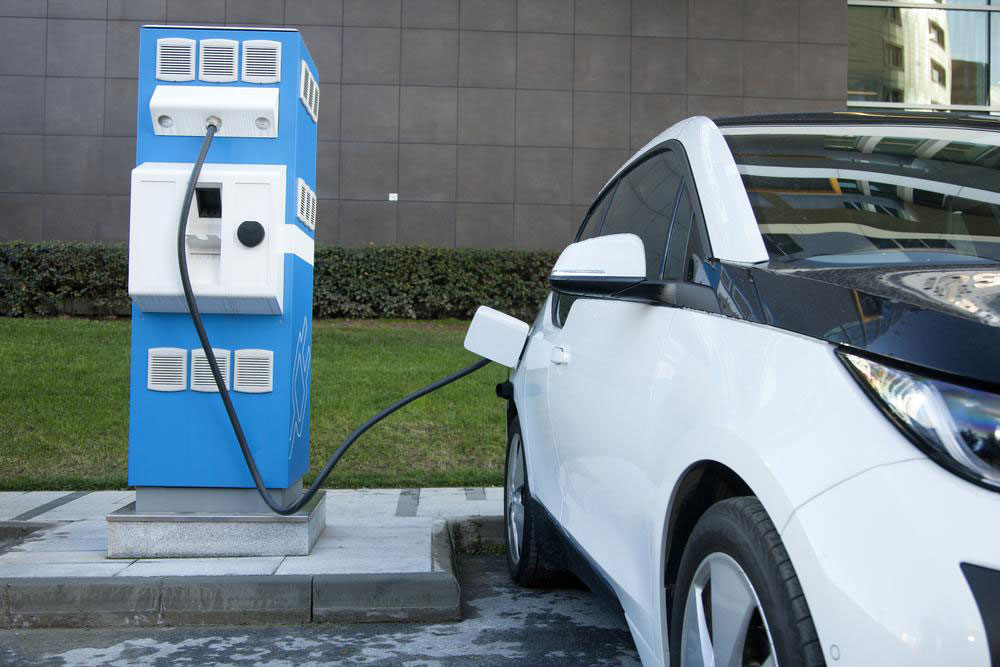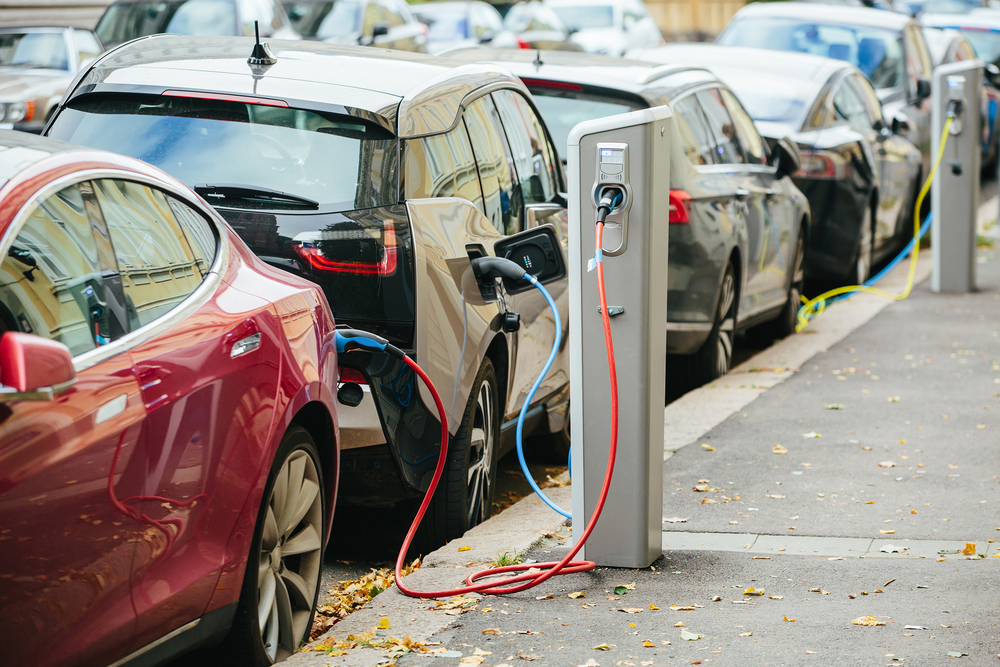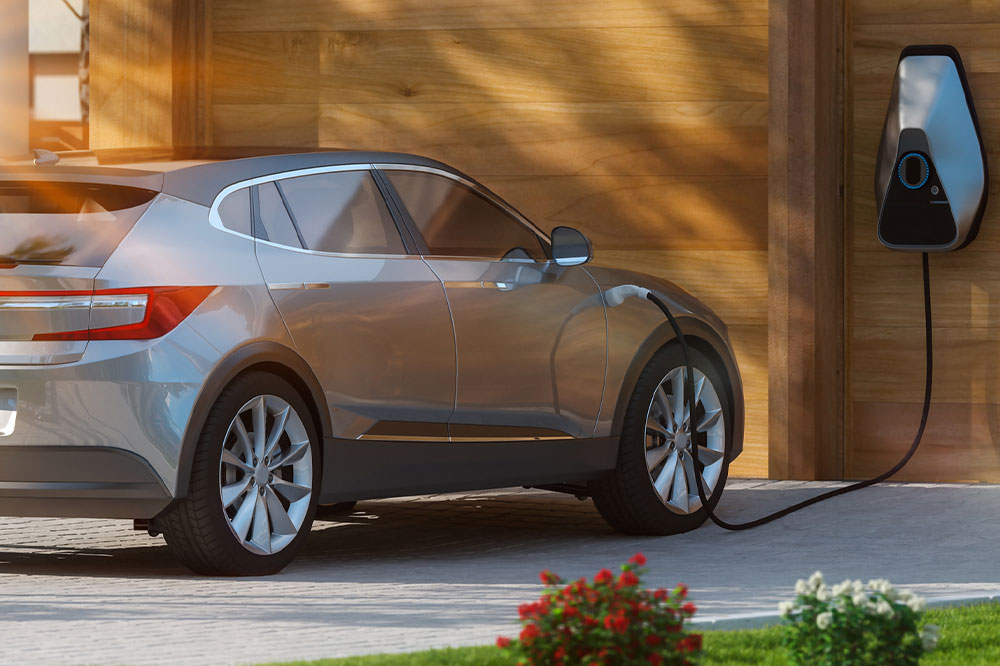Ultimate Guide to Electric Vehicles: Benefits, Technologies, and Future Trends
This comprehensive guide explores the evolution, benefits, and future prospects of electric vehicles (EVs). Covering technological advancements, environmental advantages, charging infrastructure, and industry trends, it provides valuable insights into how EVs are transforming transportation. Learn about latest models, hybrid options, and vehicle conversions, and understand why electric cars are becoming the standard for sustainable mobility worldwide. Perfect for consumers, industry professionals, and environmental advocates interested in the electric revolution.

Ultimate Guide to Electric Vehicles: Benefits, Technologies, and Future Trends
Electric vehicles (EVs) have revolutionized the automotive industry by offering a sustainable and efficient alternative to traditional gasoline-powered cars. Powered solely by rechargeable batteries, EVs are reshaping transportation worldwide, driven by continuous technological advancements and increasing environmental awareness. This comprehensive guide explores everything you need to know about electric vehicles, including their benefits, latest innovations, charging infrastructure, and future prospects.
In recent years, electric vehicles have experienced remarkable improvements in performance, range, and affordability. Modern EVs can now travel hundreds of miles on a single charge, with some high-end models exceeding 500 km (310 miles). Leading manufacturers such as Tesla, Nissan, and GM have contributed significantly to this progress, offering a wide array of models tailored to different needs—from daily commuting to luxury driving. As battery technology advances, we see faster charging times and increased energy density, making EVs more convenient and accessible than ever before.
The environmental benefits of electric vehicles are a primary reason for their widespread adoption. EVs produce zero tailpipe emissions, which contributes to reducing air pollution and combating climate change. They also operate more quietly than traditional vehicles, reducing noise pollution in urban areas. Additionally, EV owners benefit from lower operational costs due to reduced maintenance requirements—electric motors have fewer moving parts compared to internal combustion engines—and lower fuel expenses, especially as renewable energy sources become more prevalent.
Charging infrastructure plays a crucial role in the widespread adoption of EVs. Home charging stations allow vehicle owners to conveniently recharge overnight, while public charging networks are expanding rapidly to support long-distance travel. Fast chargers, capable of providing an 80% charge in 30 minutes or less, make electric driving more practical for everyday use and road trips. The availability and speed of charging stations vary depending on the region, but governments and private companies worldwide are investing heavily to build robust charging networks.
Hybrid vehicles, which combine electric power with traditional internal combustion engines, serve as transitional solutions for drivers hesitant to fully switch to electric. These hybrids offer improved fuel efficiency and reduced emissions while maintaining the range and refueling convenience of conventional cars. Moreover, innovative electric motors like HPEVS and others are increasingly being used in various applications, from passenger cars to industrial vehicles, enhancing performance and efficiency across sectors.
Beyond new car purchases, some enthusiasts and companies are engaging in vehicle conversions, transforming existing gasoline-powered cars into electric models. This process involves replacing the internal combustion engine with a powerful electric motor and installing rechargeable batteries. While this practice appeals mainly to hobbyists and specialized industries, it exemplifies the versatility and adaptability of electric vehicle technology.
The transition to electric vehicles is driven not only by environmental and economic factors but also by technological innovation and policy support. Governments worldwide are promoting EV adoption through incentives, subsidies, and stricter emissions regulations. These initiatives aim to create cleaner, healthier urban environments and reduce dependency on fossil fuels. The automotive industry’s ongoing commitment to innovation and sustainability indicates that electric vehicles will continue to evolve, becoming even more efficient, affordable, and accessible in the coming decades.
Overall, electric vehicles represent the future of personal and commercial transportation. As technology advances, charging infrastructure expands, and environmental consciousness increases, EVs are set to become the dominant mode of transport globally. Whether for urban commuting, long-distance travel, or industrial applications, electric vehicles offer a compelling blend of performance, sustainability, and cost savings. Embracing this transition today is not only a smart financial decision but also a significant step toward a cleaner, greener planet.





